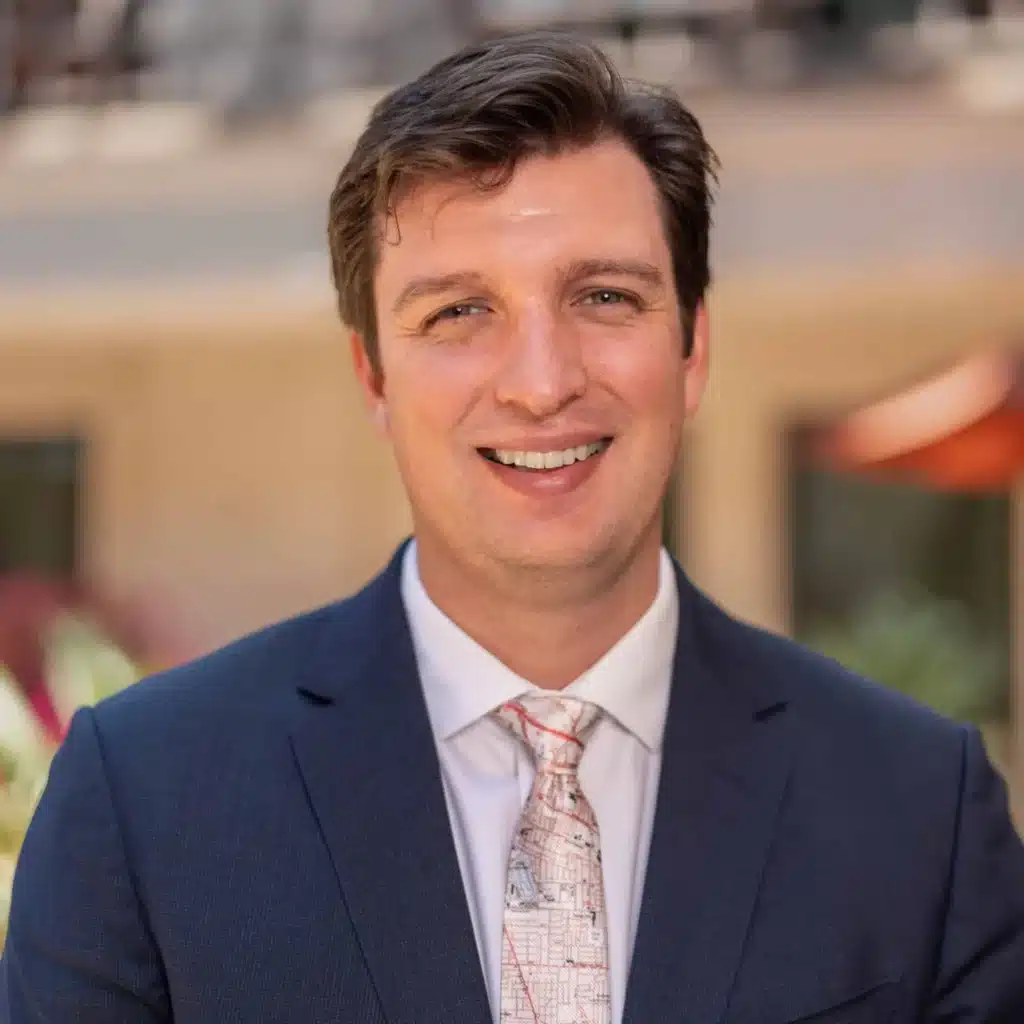Generally, the terms used in a nursing home context are neglect or abuse. I think about neglect as the failure to provide basic custodial services or goods. It’s less about a medical decision, like a doctor making the wrong call on a procedure or giving the wrong prescription. It’s really about day-in, day-out, shift-by-shift failures that are obvious to most people.
For example, if someone isn’t drinking water day after day, loses weight, or becomes disoriented, there needs to be some response. Elder abuse and elder neglect are focused on addressing these systematic failures.
Common case patterns that we see involving this type of behavior include dehydration, malnutrition, and repeated falls. If someone is falling repeatedly, you need to do something to address it. The classic saying is that it’s the definition of insanity to do the same thing and expect a different result, and that applies to a lot of these cases: if problems persist with no response, it’s expected that the failures will continue.
Additional cases involving elder abuse and neglect can include elopement, where a resident is able to leave a facility but lacks the cognitive capacity to understand their surroundings or interact safely with the world. Other examples include resident-on-resident assaults or employee assaults on residents.
All of these situations stem from the inherent vulnerability of someone in a long-term care facility—whether an assisted living facility, a memory care facility, or a skilled nursing facility—and the fact that they are wholly reliant on the facility to meet their basic needs. When those needs aren’t met, things can go very wrong very quickly.
